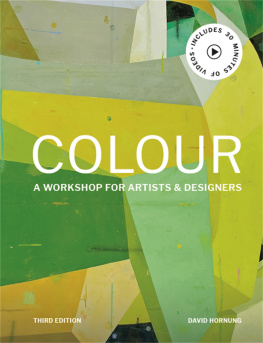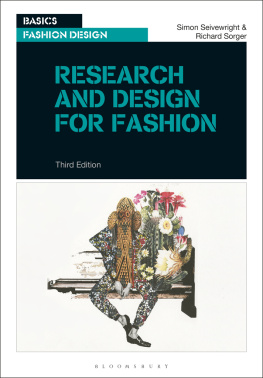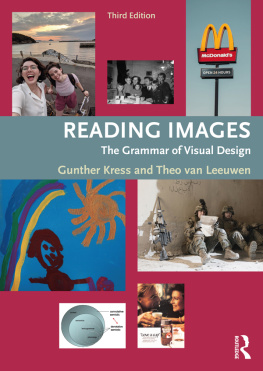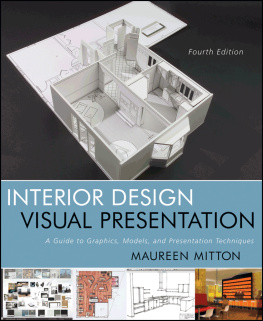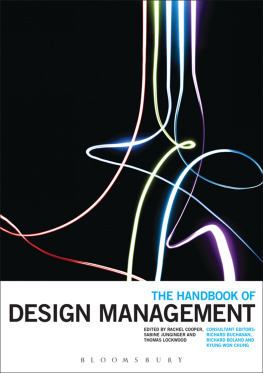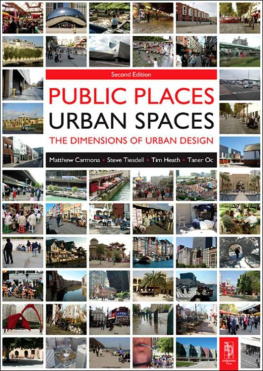Ulf Klarn and Karin Fridell Anter
Chapter Summary. The goal of the chapter is to present a model for describing and analyzing color design, and to show its potential by discussing concrete examples from the field of design and architecture. The model has been developed by Ulf Klarn as a pedogogical tool based on experience and on literature from the fields of perception psychology, cognitive science, philosophy, ethnology, and so forth. Color constructs our inner image of space. The world of colors is complex and dynamic and colors have many sensitive qualities, but nevertheless the experience of color has a nature of coherence. Just like the rest of our sensual experiences, color is perceived and understood on different levels, from the basics that are common to all humans to the most rapidly changing cultural trends.
Do we all perceive color the same wayor is color only a matter of taste? In this chapter we analyze the different levels of color perception, from the categorical common to us all to the culturally transferred indirect experiences. For each level we give examples of how it is dealt with in art and architecture, and we also analyze how designed objects can be perceived on different levels.
When discussing and using color in art, design, and communication we often focus separately on formal color structures, on conventional color meanings, or on color expressions. Formal and conventional aspects of color can easily be described and understood. Contrary to this, color expressions arousing emotions and feelings are often looked upon as something that can be used but can neither be described nor understood.
Professional design is the art of using knowledgeimplicit or explicitabout how humans perceive, experience, and relate to the world around them and things in this world. In this all senses are involved, but when talking about color we can restrict ourselves to vision. A designer must understand the conditions of visual perception.
It is one thing to experience or intuitively imagine the tone of an object or a mood of a space. Another thing is to be able to consciously reflect on the sources of such experiences. Professionals in the field of design must in one way or another find distinct concepts and concise approaches in order to understand coherence and causes of aesthetic expression. Such concepts and approaches are not easily found. The essence of our experiences and emotions might even be beyond the limits of (verbal) language. But,
TO SEE IS TO SEE COLOR
Human visual structures become meaningfulor change meaning. This dynamic and changing worldview continuously influences our perception of the world around us; how we feel, what we recognize and attend.
We live in a spatial and continuously changing world. Our cognitive and perceptual systems derive their distinctive characters from this fact. Even if our perceptions are subjective, our basic spatial experiences are natural perceptual facts and functionally similar. All senses add to the experience of a spatial and changing world around us, but the principal spatial sense is sight. Vision provides a coherent and continuous understanding of space. We always experience the surrounding world as three-dimensional: visual patterns that can be understood as spatial are given such an interpretation in perception.
Perception of color is a prerequisite of seeing and essential for survival: color is what we see; to see color is to see. What things of a given color have in common is the way they look. If everything in the surrounding worldeven the shadowshad the same hue and nuance, we would not be able to discriminate one thing from another. There would be no visual relations, no significant visual form. And without any color at allnot even the imagined monochrome colora visual world would not be conceivable. Visually we perceive form by color. Color contrasts help us to distinguish borders and edges. Not only object colors, however, form our impression of the surrounding world. Also cast shadows, object shadows, reflected light colors, and back light contrasts form color areas in our visual field. An experience of living space is given by continuously changing light conditions and by perception of color contrast, logic distribution of shading, and the color of reflected light.
Hence color is essential to cohesive experience of a spatial world. Mentally, color light and space are inseparable. Human experience of the world is coherent, dynamic, and simultaneous.
PERCEPTIVE ATTENTION
Our appreciation of what we see around us is only superficially a question of what is usually called taste; taste is part of our cultural adaptation. Ultimately our intuitive preferences are about understanding the world. They are means for adaptation to the world as a whole.
The perceived surface of the world is very complex. Thus to a large extent it has to be taken in intuitively. Perceived color and form in space is a logical structure recognized intuitively. At the same time experiencing always means to find ways of choosing what in a given context has to be attended, to develop an attention structure. Finding new approaches and new ways of thinking demands abilities to make this kind of perceptive judgment. Seeing something as something or seeing something in something is fundamental to art and science, to human life.
Perceiving is also a continuous interplay between conscious experience of one thing after the other and intuitive experience of all in one . In all creative processes it is essential to take up different modes of attention. Experiencing color, form, and space is a mode of exploring how things appear, a process of meeting the world. wall may be greyish, but at the same time we can experience what color the wall would have without the shading. This distinction is significant to our perception of color in spatial context.
Through times ideas about color and light have been related to different worlds of inner images: from animistic ideas about color and light as spiritual values, to Platonic and Christian ideas about color and light as reflections from ideal worlds. Today we still can appreciate the shining light in the Gothic cathedrals and the colors in old frescoes, but from a perspective of our time and thus with other expectations. Even if we may have different experiences and ways of explaining causal relations in different historic or ideological contexts, our color and light experiences are still and always attempts to explore, understand, and embrace the world. See .
Our understanding of the world is intuitively holistic and we do not spontaneously ask ourselves why we perceive it in this or that way, why we like or dislike an object or a place or what feelings or experiences are the cause of our judgment. This is also true for the color aspect of visual experience.
The world of colors is complex and dynamic and colors have many sensitive qualities, but nevertheless the experience of color has a nature of coherence. Just like all sense experiences, color is perceived and understood on different levels, from the basics that are common to all humans to the most rapidly changing cultural trends.
The categorical perception of color gives basic spatial and temporal structure to the surrounding reality; perceived color structures create tactile and spatial inner images. Basic expressions as stability , coherence , and so on are dependent on the categorical perception.
Direct experiences the spontaneous visual experiences of the surrounding worldgive emotional color to logical color combinations in the real world around us: they can be used as symbols for felt life and can, removed from their normal context, be used freely as expressive symbols in art and design; expressive symbols exemplify aspects of something experienced. When we meet such color structures abstracted in pieces of art, in design, or architecture, our perceptual answer is first of all intuitive recognition , not interpretation of meaning.
Next page


